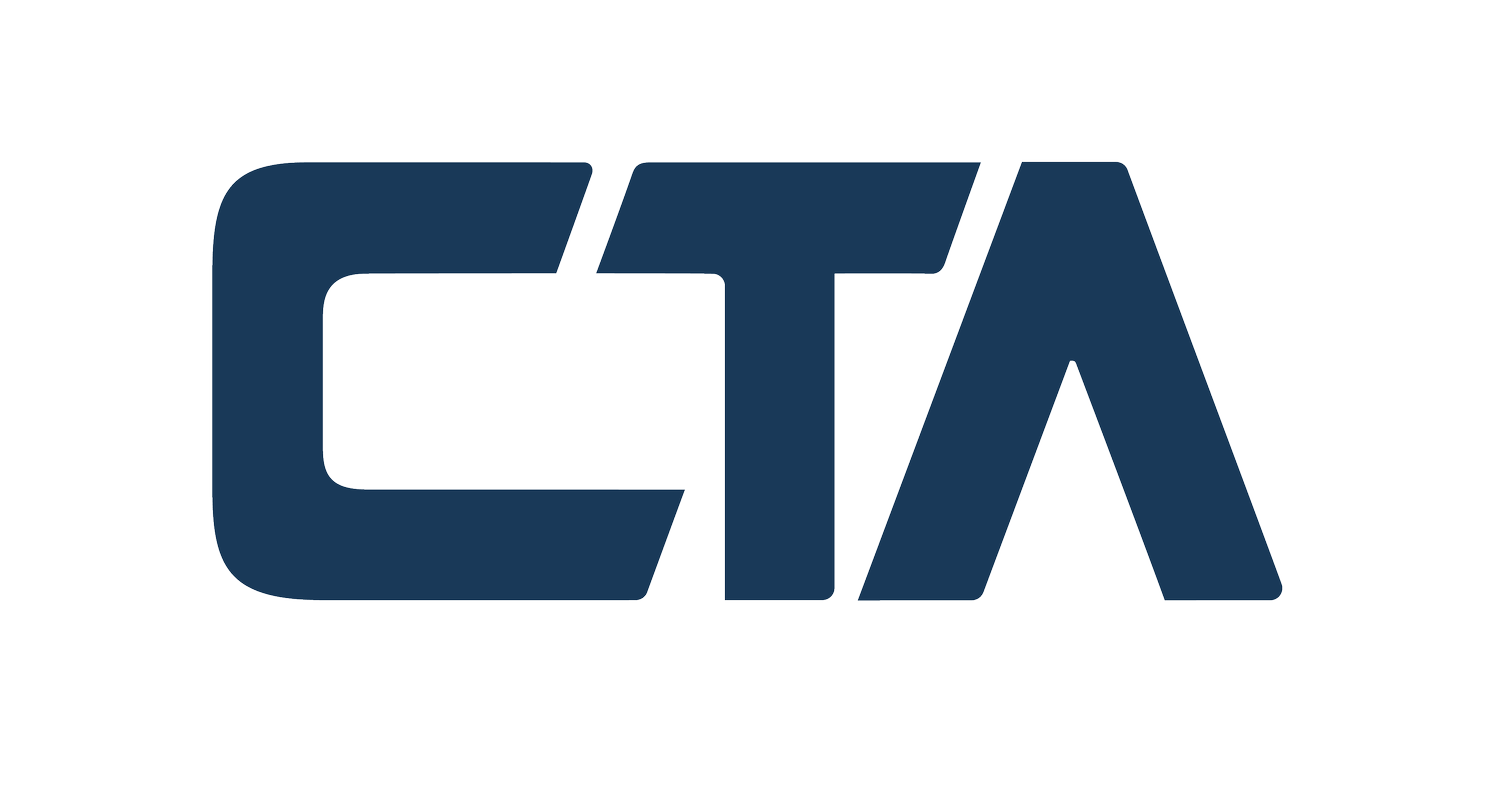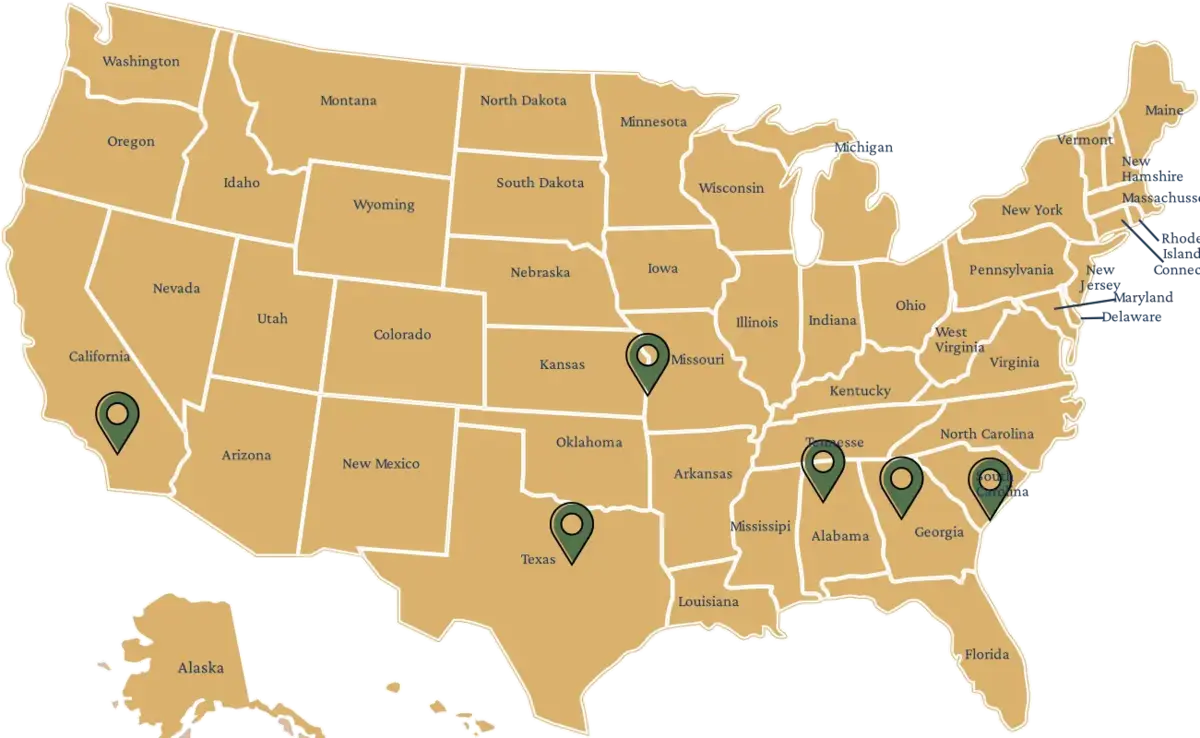Introduction
In the world of non-profit organizations, every dollar saved is a dollar that can be used to further their mission. While non-profits are typically exempt from federal income taxes, they may not directly benefit from certain tax incentives designed for energy-efficient construction. However, a provision in the tax code, known as Section 179D deductions, offers a unique opportunity for non-profits to contribute to sustainability while also fostering beneficial partnerships with the private sector.
Understanding Section 179D Deductions
Section 179D, part of the Energy Policy Act of 2005, is a tax incentive aimed at promoting energy efficiency in commercial buildings. It allows for a tax deduction for the costs associated with the installation of energy-efficient systems in new or existing buildings. The deduction can be as high as $1.80 per square foot of the building, covering aspects like lighting, heating, cooling, and building envelope.
The Non-Profit Angle
Non-profits, due to their tax-exempt status, cannot directly benefit from tax deductions like 179D. However, they can pass this deduction to the designers, architects, or builders responsible for the energy-efficient upgrades. This transfer not only incentivizes the construction industry to work with non-profits but also makes the adoption of green technologies more financially feasible.
Benefits for Non-Profits
- Enhanced Partnership Opportunities: By offering the 179D deductions to their construction partners, non-profits can negotiate more favorable terms, potentially reducing overall project costs or securing additional services.
- Promoting Sustainability: Non-profits can lead by example in embracing energy-efficient technologies, aligning with environmental goals and demonstrating commitment to sustainability.
- Community Engagement and Funding: Implementing green initiatives can enhance a non-profit’s appeal to donors who are environmentally conscious, opening new avenues for funding and community support.
Steps for Non-Profits to Pass on 179D Deductions
- Project Eligibility: Ensure the construction project meets the energy efficiency criteria set by Section 179D.
- Partner with Qualified Professionals: Work with architects, engineers, or contractors familiar with 179D and energy-efficient designs.
- Documentation and Certification: Maintain thorough documentation of the energy-efficient improvements and obtain the necessary certification to qualify for the deduction.
- Legal and Tax Consultation: Consult with legal and tax professionals to properly allocate the deduction to the eligible party.
Conclusion
For non-profits, the ability to pass on 179D tax deductions represents a win-win scenario. It not only supports the adoption of energy-efficient practices but also strengthens partnerships with the private sector. By leveraging this provision, non-profits can amplify their impact, both in terms of their mission and their role in promoting environmental sustainability.
In navigating these opportunities, it’s crucial for non-profits to seek expert advice and ensure compliance with all legal and tax requirements. The journey towards energy efficiency is not just about saving costs; it’s about building a sustainable future and demonstrating leadership in responsible stewardship of resources. Discover how our team of expert tax credit advisors can help maximize your business savings.








